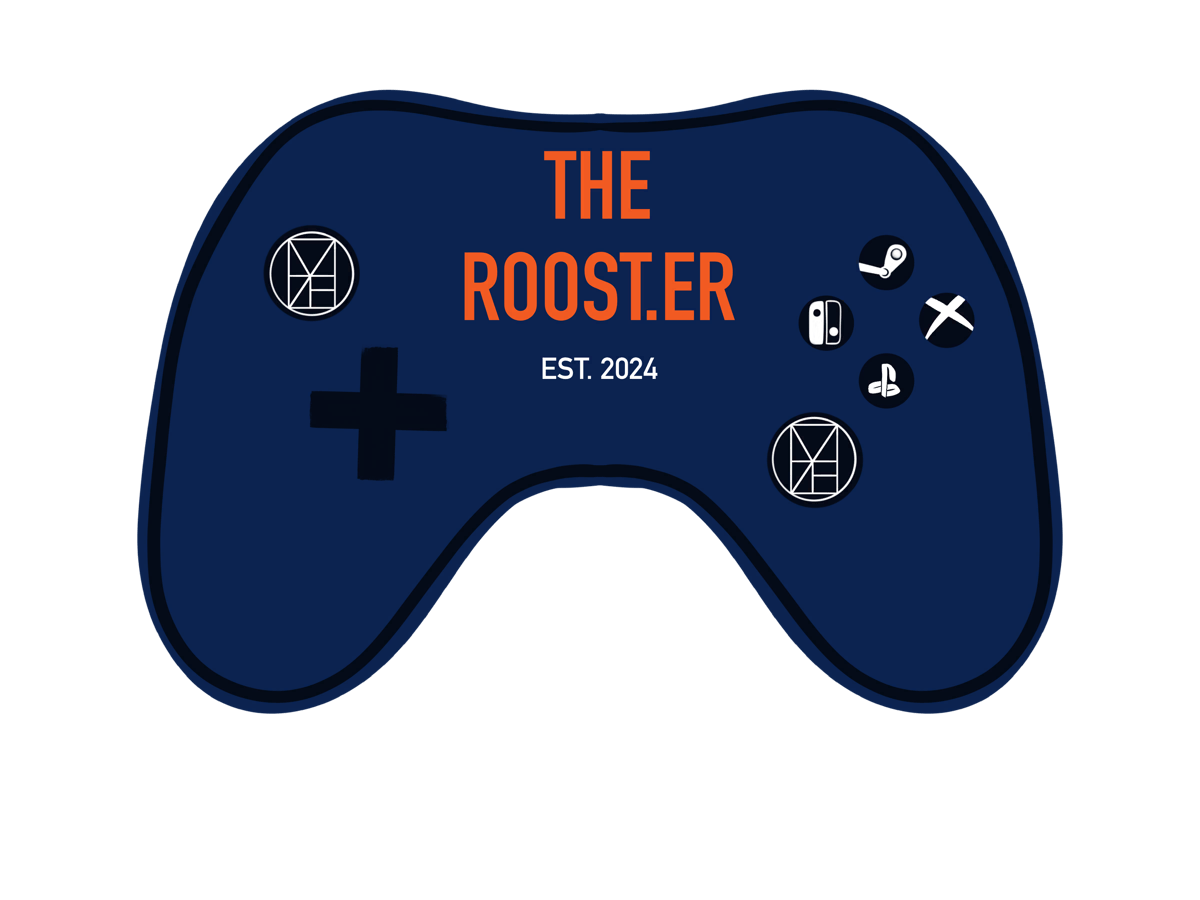Remember Bubble Bobble? How about Dead Connection? Cadash? No worries if you don’t! Taito has released Taito Milestones 3 for the Nintendo Switch, bringing the classics from the ’80s and ’90s to a new generation. Featuring arcade originals with modern enhancements, this collection is perfect for retro gaming fans and old-school enthusiasts alike. Let’s dive in!
So in this game, you get ten different Taito titles, one of which I am highly biased about (Bubble Bobble anybody?). This game is the third one in the “Milestones” series, and each one includes different games. These games allow you to play old Taito classics on the Nintendo Switch, much like Nintendo Switch Online except you get to keep it forever. Featuring arcade originals with modern enhancements, this collection is perfect for retro gaming fans and old-school enthusiasts alike. Let’s dive in!
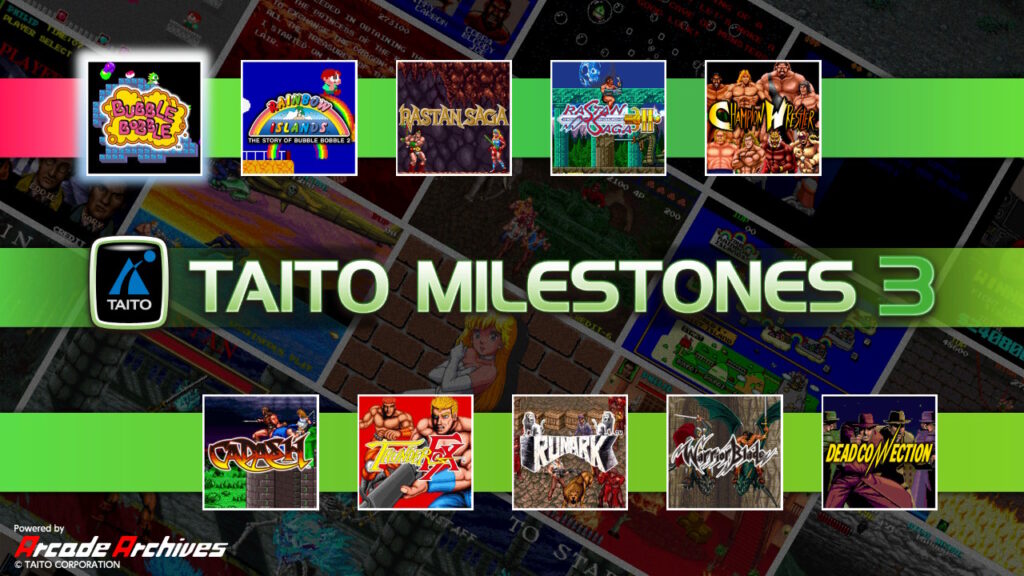
Upon launching a game, you’re greeted with an overview of the control scheme—a thoughtful addition. The controls are faithful to the arcade original, with added buttons for “add credit” and “start.”
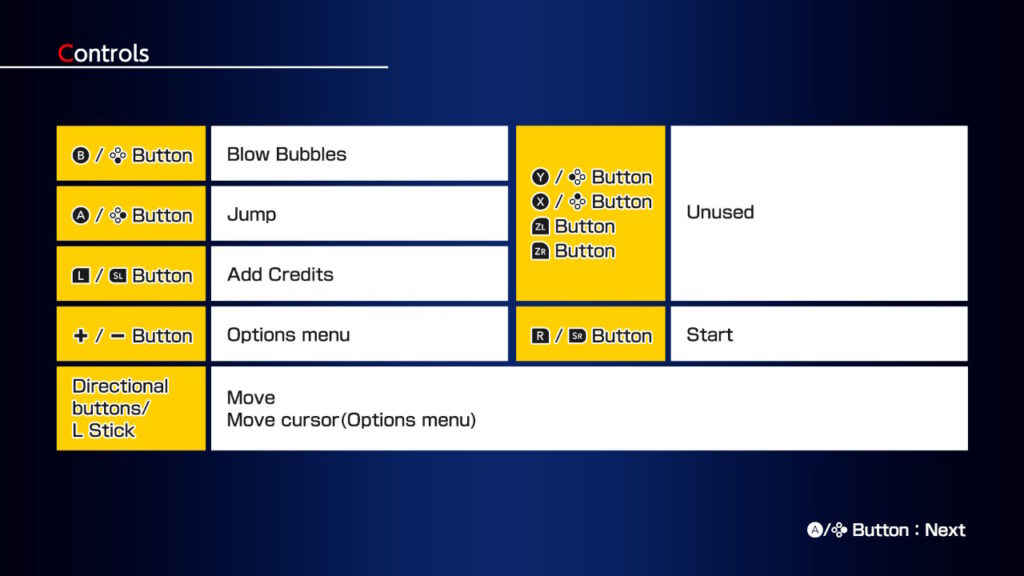
Bubble Bobble is a game I grew up playing on the PS2, and it remains as delightful as ever. This version emulates the original arcade game with impressive accuracy. The audio quality is impeccable, the gameplay smooth and seamless, and the multiplayer option adds to the fun. Using another set of Joy-Cons, you can team up with a second player for cooperative play.
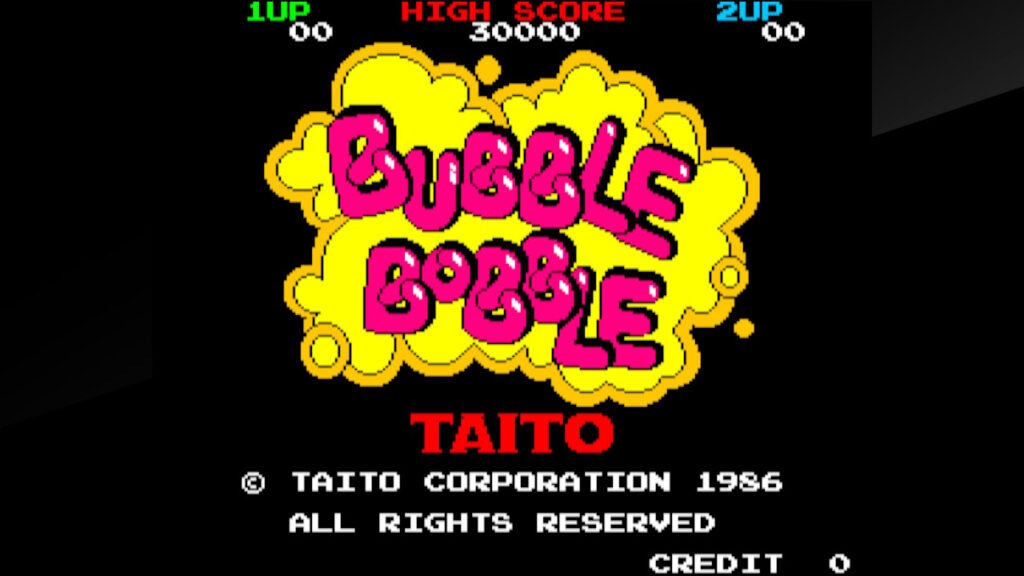
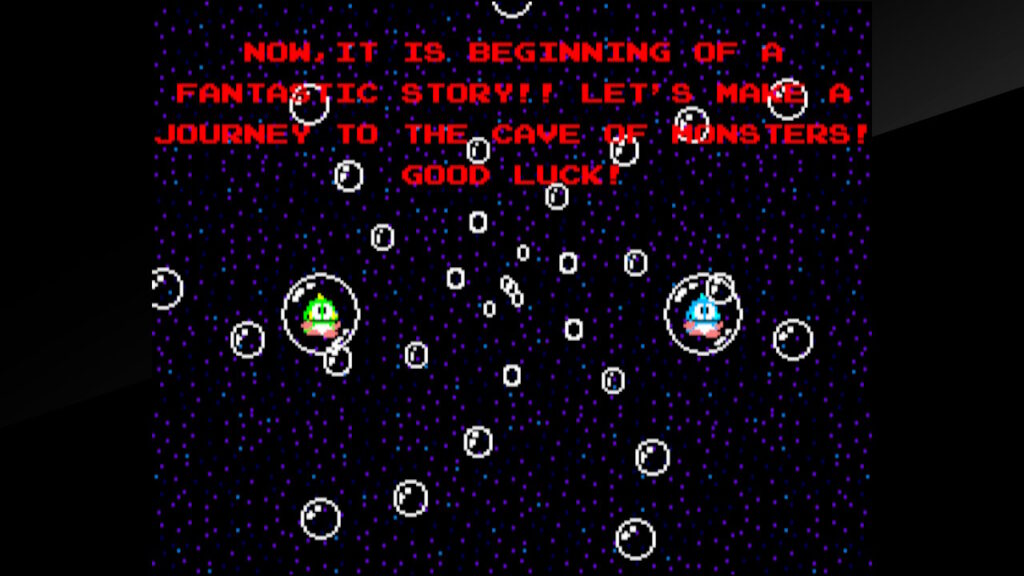
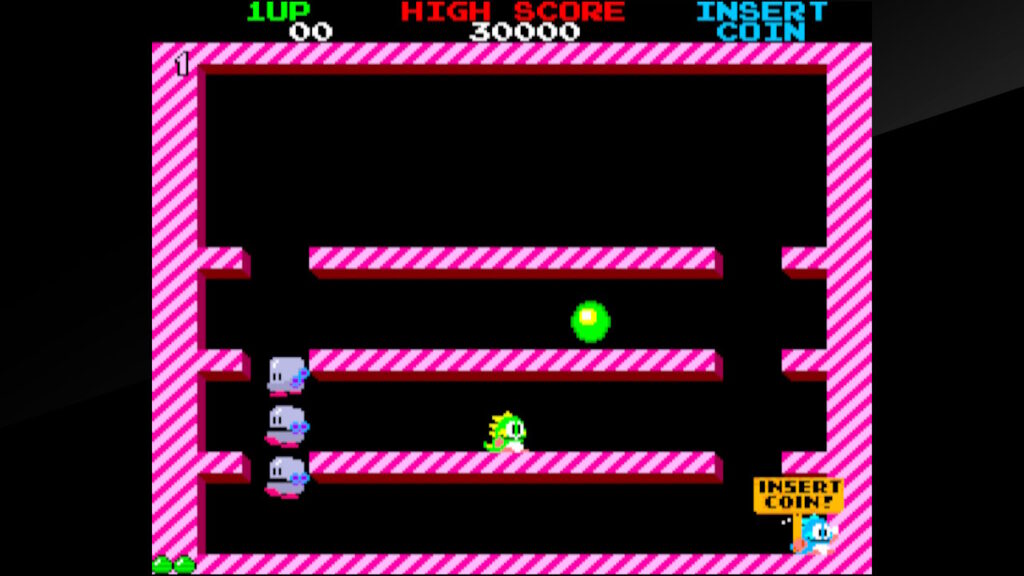
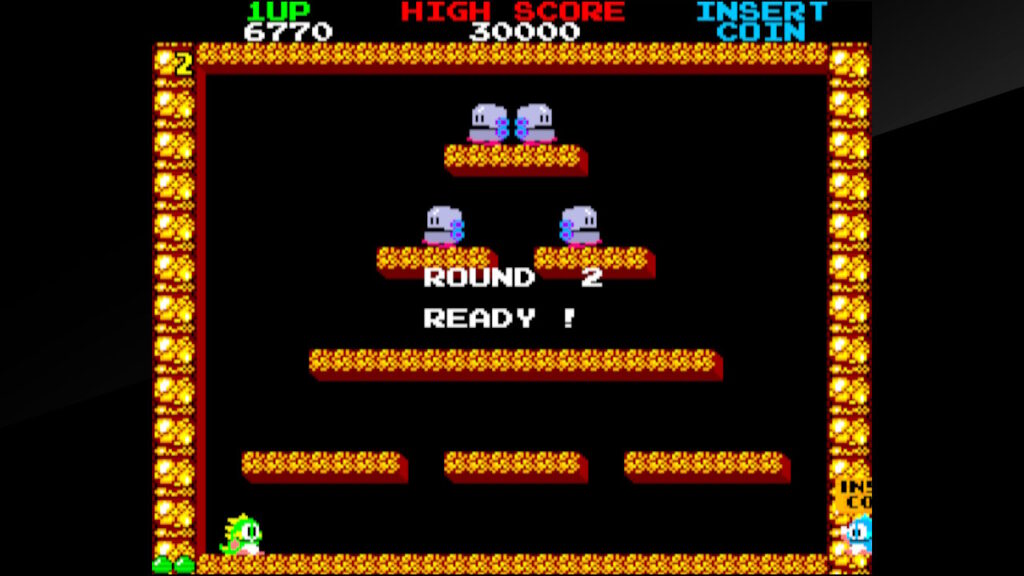
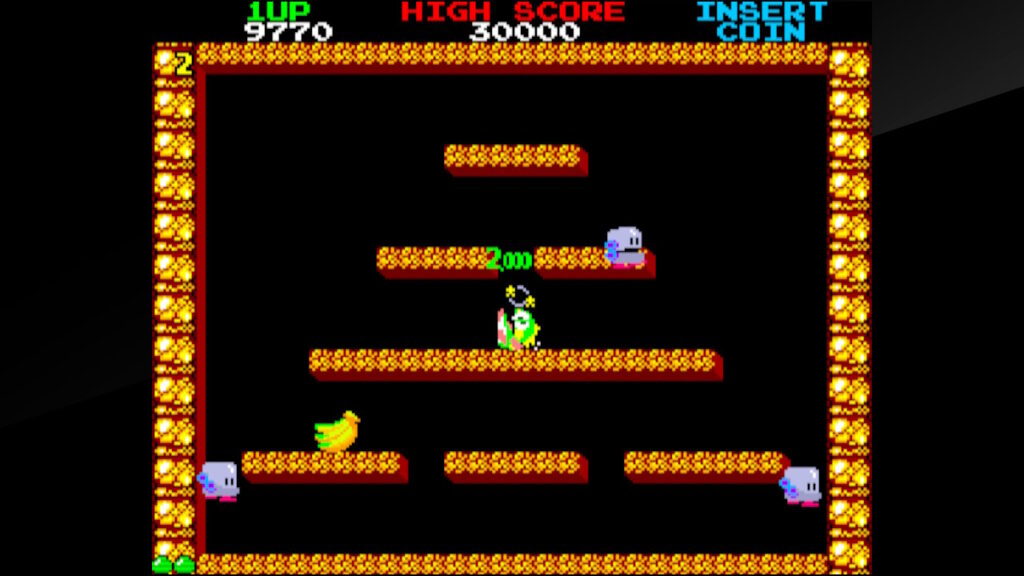
Oops…died one too many times.
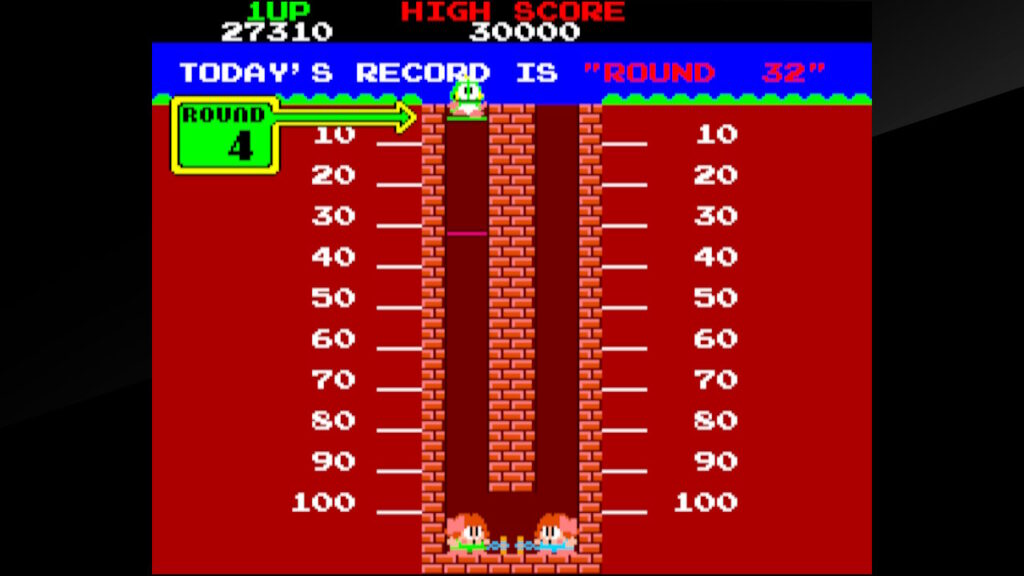
This does lead me to tell you a bit more about what this offers other than the retro experience. If you press the + button on your joycon, you’ll see the menu screen, offering additional features such as an online leaderboard and configuration options for the controls and for the game itself!
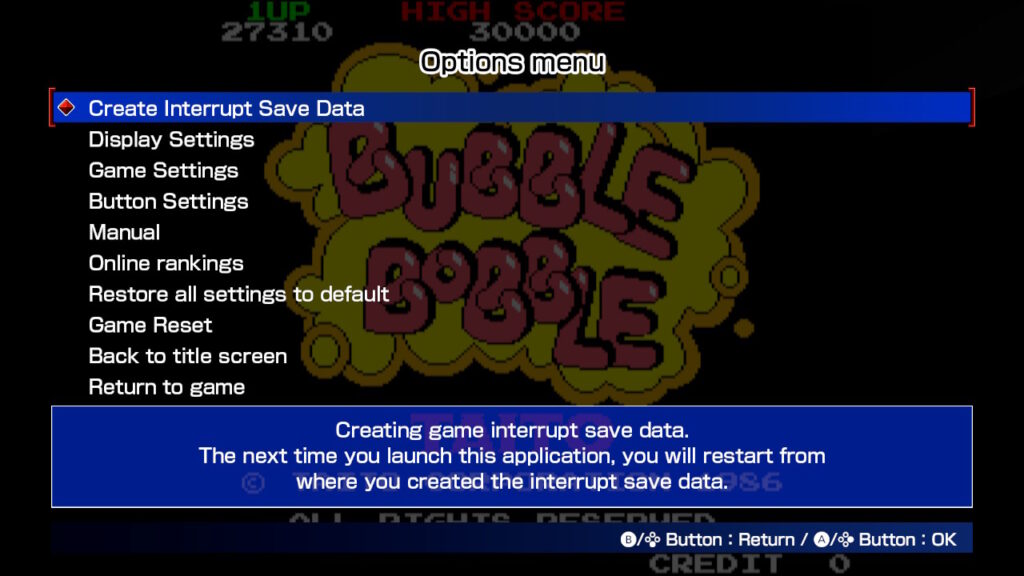
Going into the game settings, you can change how many lives you get, the difficulty, bonus point requirement and even if the demo voices are enabled, which by default they are. You can also reset your scores and if you go into audio settings, you can adjust the sound quality to your preferences, and customize it deeply including adding reverb! I find these as nice high quality features that could enhance this game further than it was originally intended to be heard using modern technology. There’s also an effect panel, however it doesn’t say much on this.
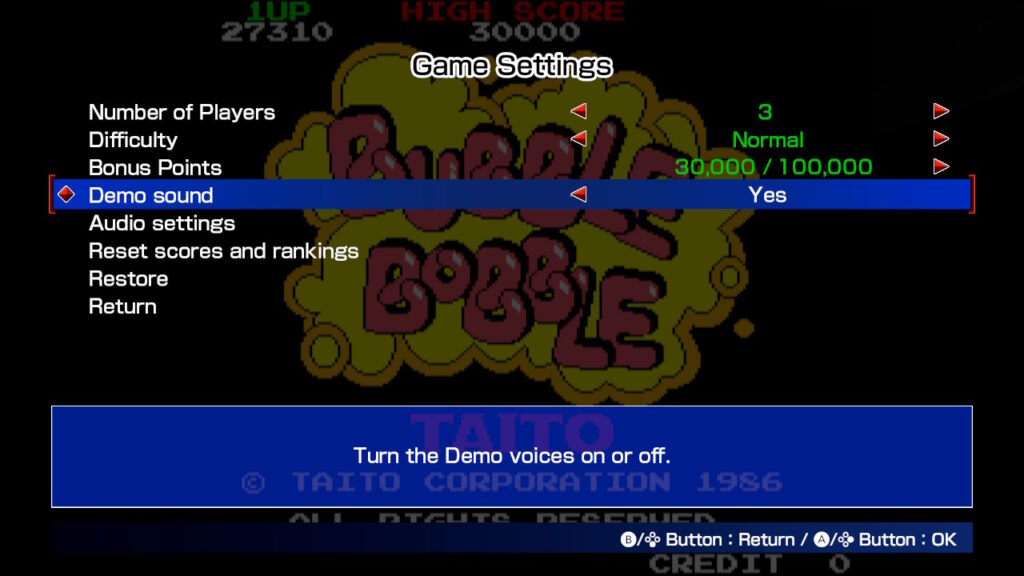
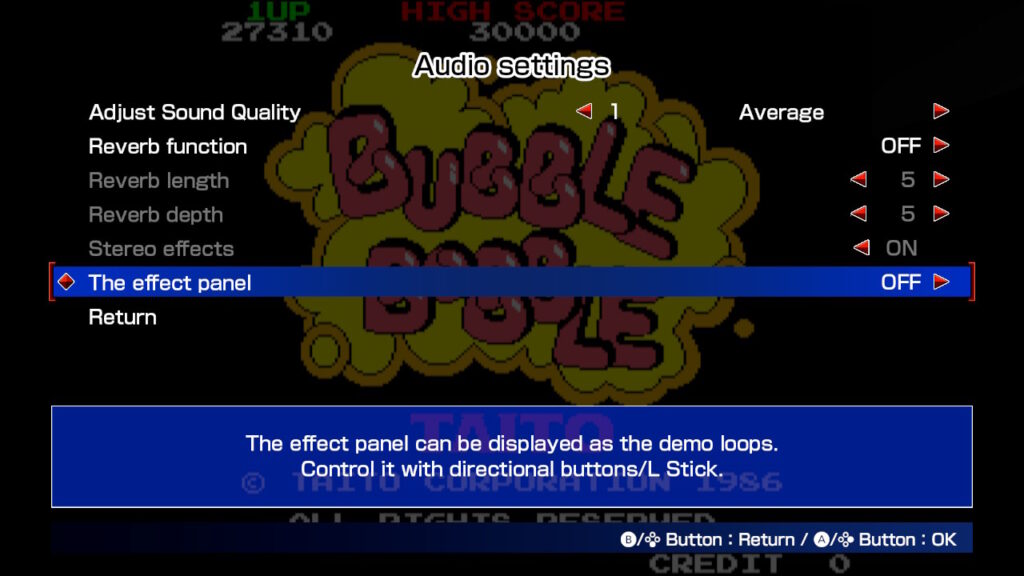
Here’s where things get interesting. The sound quality can be adjusted with several options, including “High-Range Up” and “Bass Up.” Here are my impressions:
- High-Range Up (Type 1): Rich bass and excellent fidelity.
- High-Range Up (Type 2): Avoid this—it’s mostly static and unpleasant.
- High-Range Up (Type 3): Similar to default but with minor improvements.
- Bass Up (Type 1): A softer version of High-Range Up (Type 1).
- Bass Up (Type 2): Quieter and less impressive.
- Bass Up (Type 3): Adds a slight echo effect.
- Lower Midrange Sound: Prioritizes clarity over bass and sounds surprisingly good.
Ultimately, my favorite is High-Range Up (Type 1). Now let’s move on to Rainbow Islands, the Story of Bubble Bobble 2! It will be the last game we’ll be checking out today.
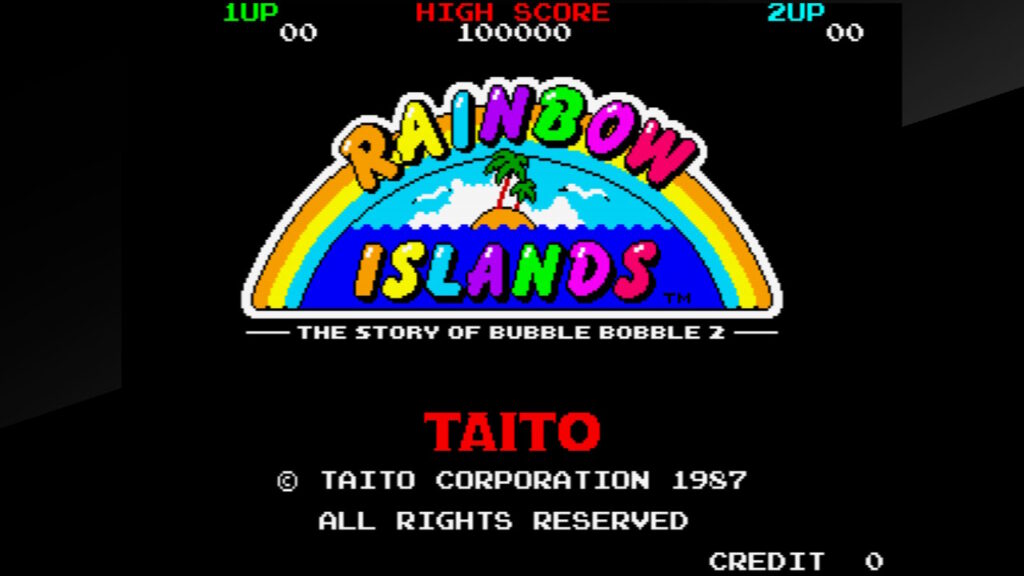
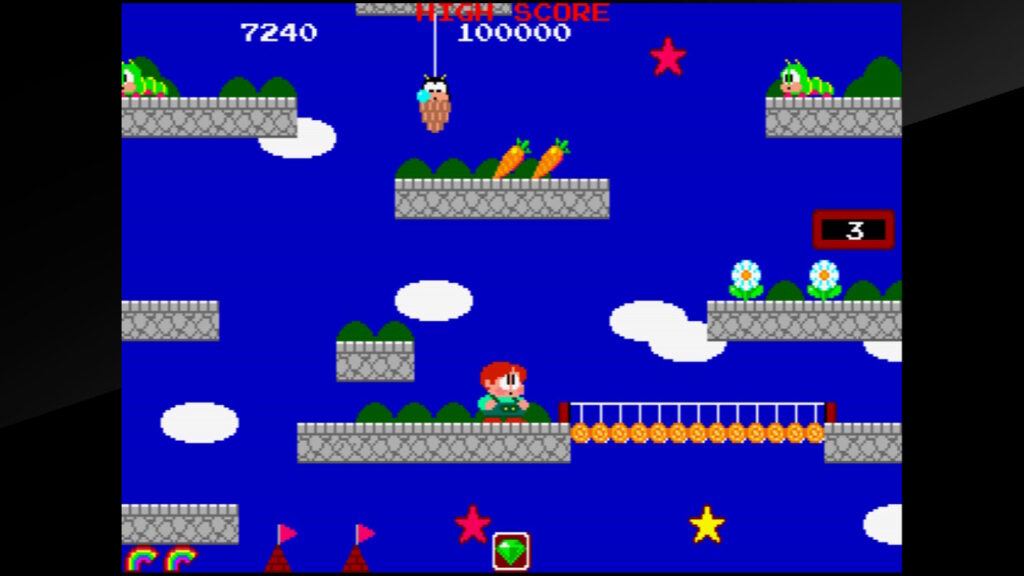
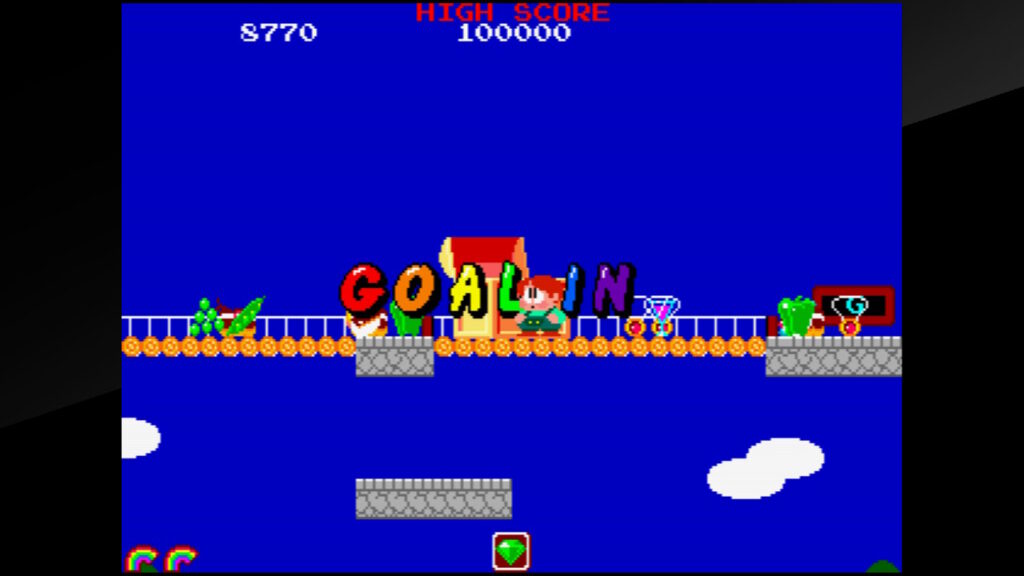
This game’s pretty fun, but compared to the first Bubble Bobble, doesn’t have the same pizzazz. But looking into this game, each game can have different options, because this one has preferences for things like displaying text when successfully applying a cheat, and apparently to make the game original, they intentionally added in input lag, which you can disable by enabling “Improve Game Operation.” How intriguing…but I like that dedication!
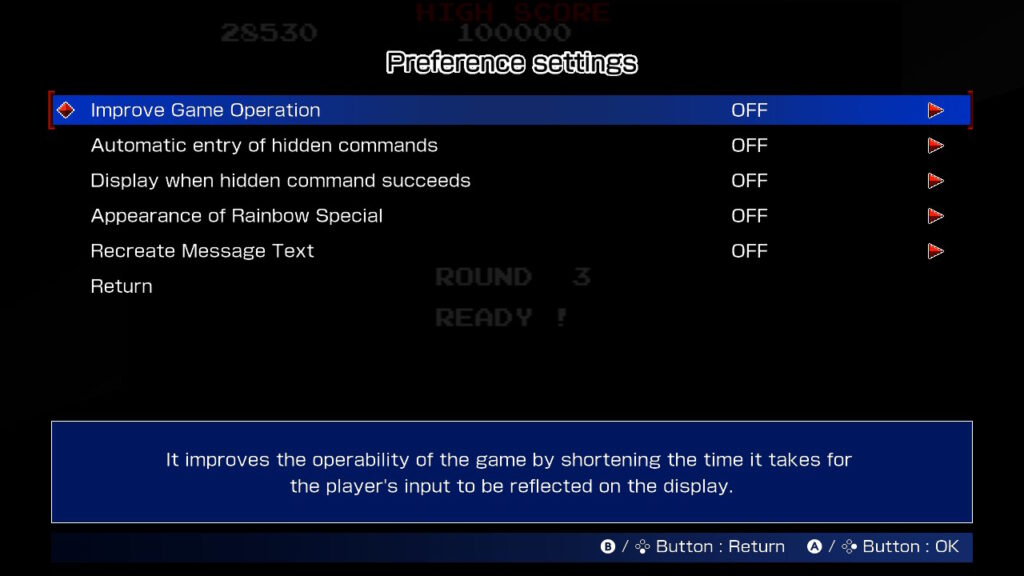
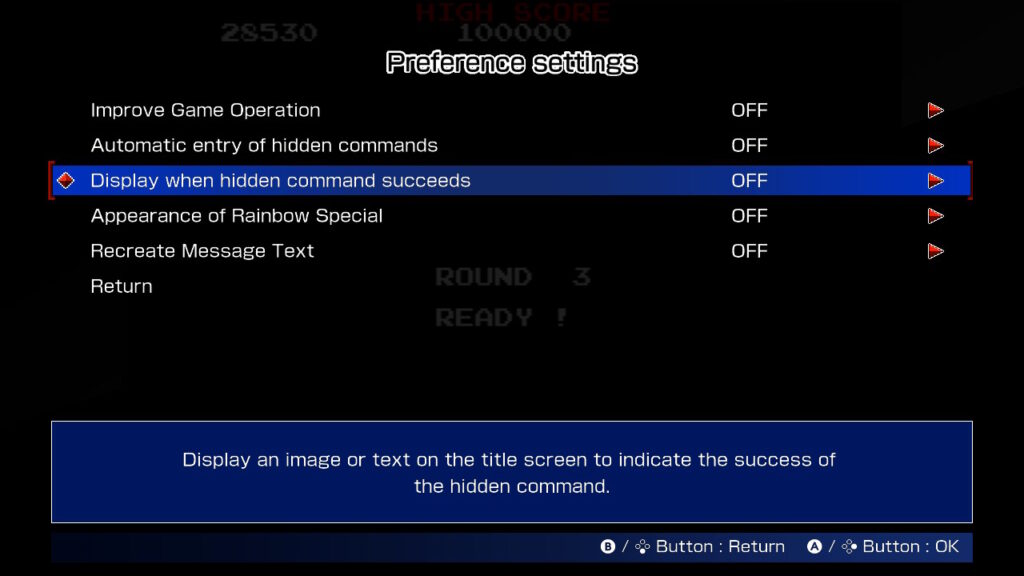
This game has a lot less audio options, with only sound quality being available, and default is off, and there are three options: Average, Bass Up and High-Range Up. I do not know why Bubble Bobble had more than this one, it could be due to the game’s differing complexities, but nonetheless, I do find that inequality quite contrasting. I will do an audio comparison here as well just to see if I think it needs additional options or not. For Average, it definitely sounds lesser quality, and it is quieter. I heard not much of a difference between that and High-Range Up. Finally, Bass Up was the quietest of them all and definitely muted sounds, so no, not all games need all the options, but it would be nice to be able to improve the audio either way.
Now finally, checking out the display settings, they are aplenty, and I love that. People who love old school will especially love it with the resolution choices, screen stretching optional, ability to choose a wallpaper, position, size, direction, its wonderful and works well for TV’s as well if it should somehow become misaligned.
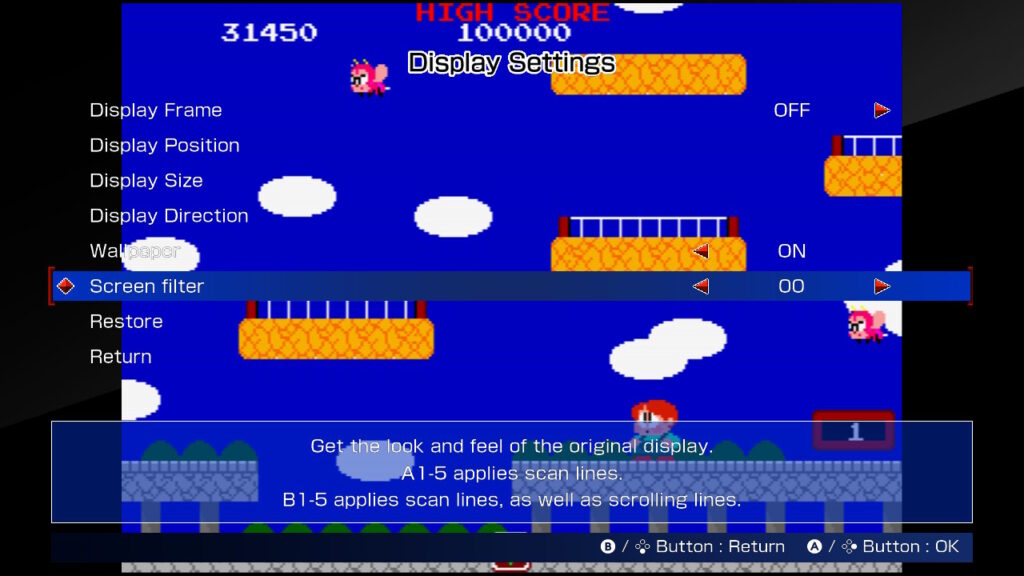
And that’s TAITO Milestones 3! This is a wonderful title and I honestly just love it because it has Bubble Bobble, but I would have been very upset if they had done it bad but they did not at all. If anything, they improved on it, maybe not by much, but we have a better experience than you could have gotten in the arcades, or where I originally played it on the PS2. There are many settings for each game, Whether you’re revisiting these classics or experiencing them for the first time, there’s plenty here to enjoy.
